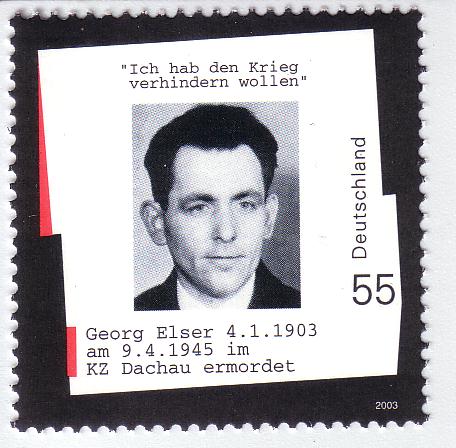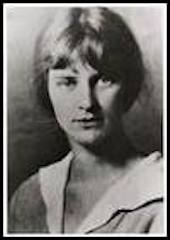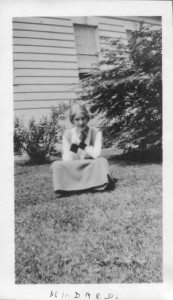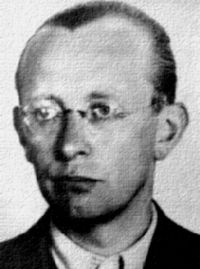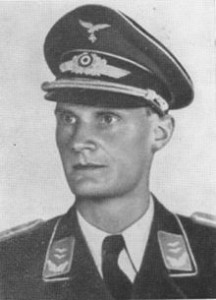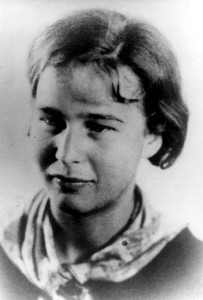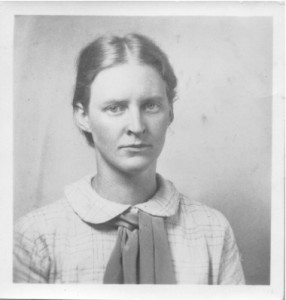Georg Elser’s failure is one of the most remarkable stories in European history.

At precisely 9:20, the first of George Elser’s clocks activated perfectly the bomb detonated with a tremendous blast that pulverized the speaker’s platform, shattered the pillar behind it and brought the roof of the building down upon its inhabitants. Dust and debris filled the air, the room now shrouded in darkness with beams falling and screams for help. Seven people were killed immediately, one would die later at the hospital.
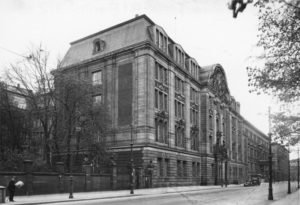
Surprisingly, it took a while for anyone to connect Georg Elser with the bombing, but he was eventually brought to Munich. Himmler was placed in charge of the investigation and he quickly delegated direct authority to his immediate subordinates. By November 12, several employees of the Burgerbraukellar, including the manager who had confronted him in the storage closet incident, positively identified him as a habitual customer. This was enough to bring on what could be termed “enhanced interrogations” essentially beatings that left him moaning and bloody according to one eyewitness. Stuttgart Gestapo officer would descend on Konigsbrunn and quickly talk to the daughter of one of Elser’s benefactors who let him live in their home in exchange for carpentry. She told of Georg showing her pictures of the Burgerbraukellar and his funny wooden suitcase with the false bottoms and his work at the quarry with dynamite. This must have arched a few Gestapo eyebrows in Munich and intensified the physical thrashing typical when a suspect needs to make a confession. Elser was eventually taken to Gestapo headquarters in Berlin.
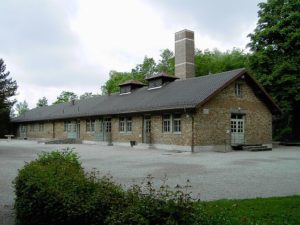
On April 9, an SS officer came to Elser’s cell and ordered him to prepare for an interrogation. Elser was confused, he had not been formally interrogated for many years, now so close to the end of the war, what questions could he possibly answer? He walked out of his cell, escorted by another SS man who lead Elser in a general direction that might hopefully end at the camp entrance. But suddenly the guard directed Elser along the path that lead to the crematorium in the rear of the camp. Elser knew then that the end had come.
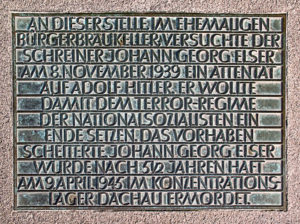
The Burgerbraukeller was finally demolished in 1979, ten years later a plaque would be installed at the site of the pillar where Elser’s bomb was detonated, a small square was named after Elser near the home in Munich where he stayed briefly before the attack.
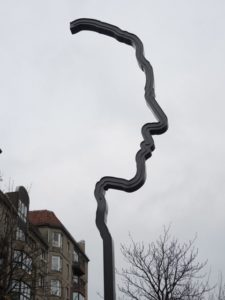
In 2011, official recognition of Elser as a national hero was evidenced by the dedication of a fifty-five foot steel profile sculpture installed on the Wilhelmstrasse in Berlin. Elser never set foot in the German capital, but today any pedestrian who passes by his memorial will have to pause and reflect on the remarkable determination and sacrifice of a simple man who only wanted to save his country.
Podcast: Play in new window | Download
Subscribe: RSS

